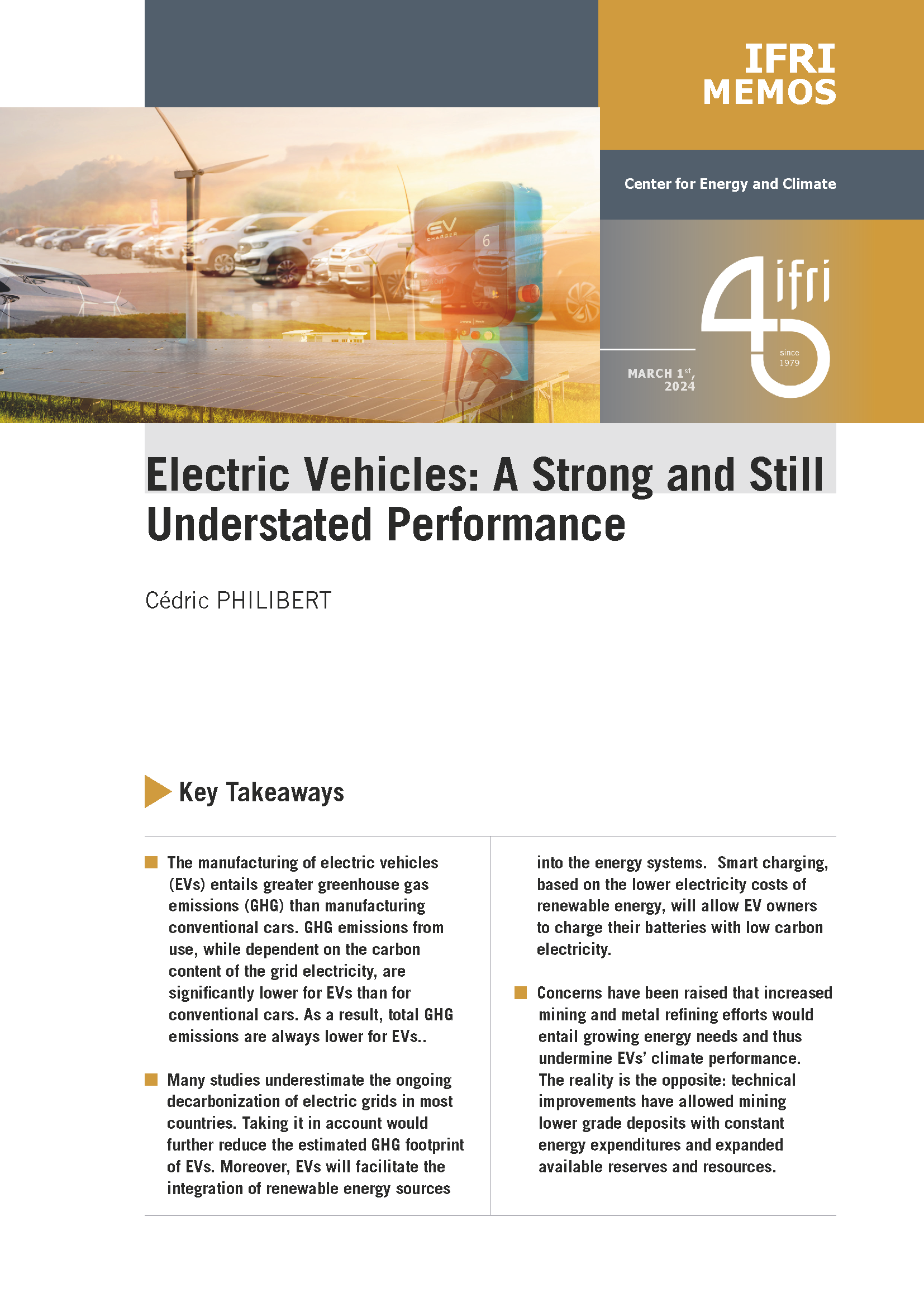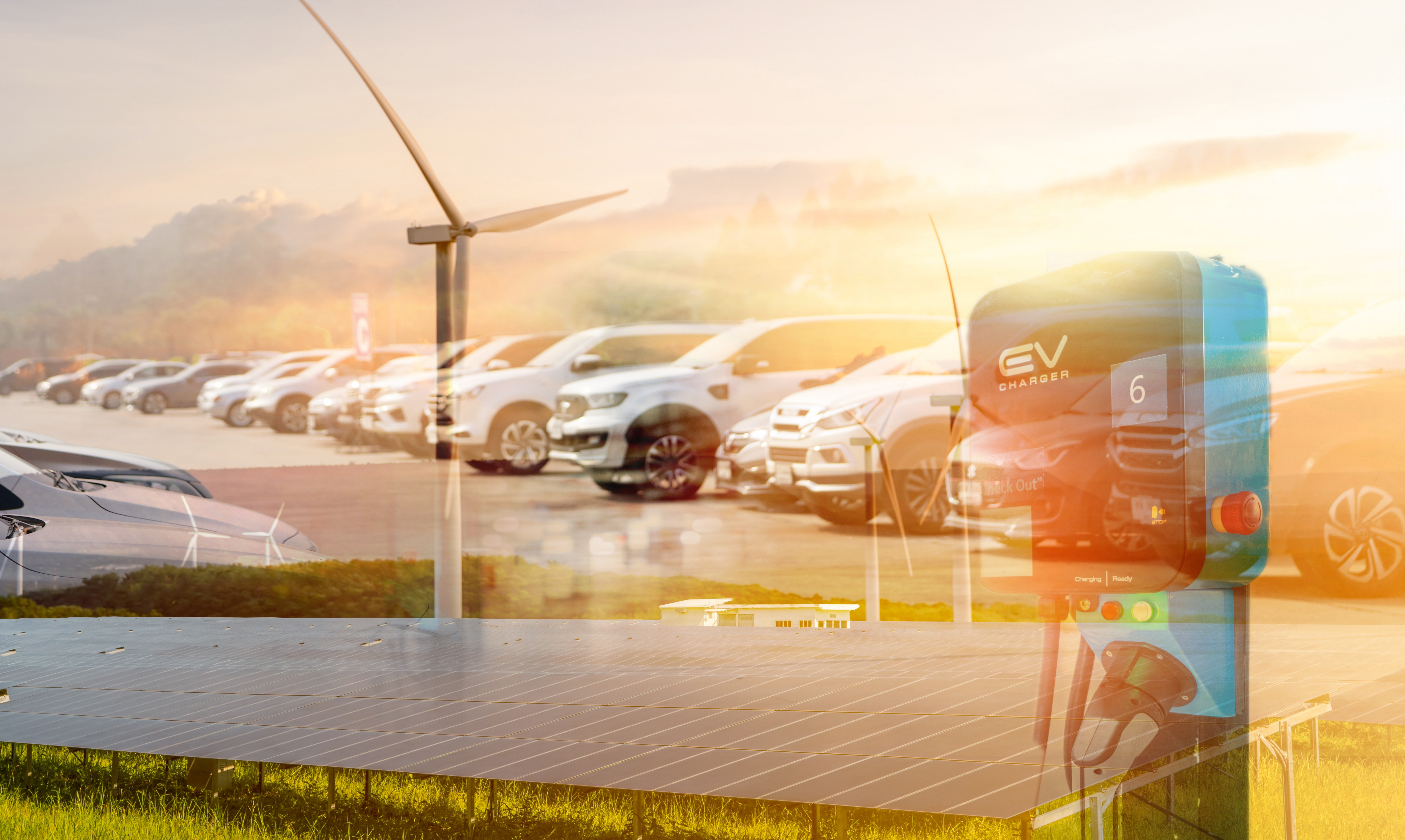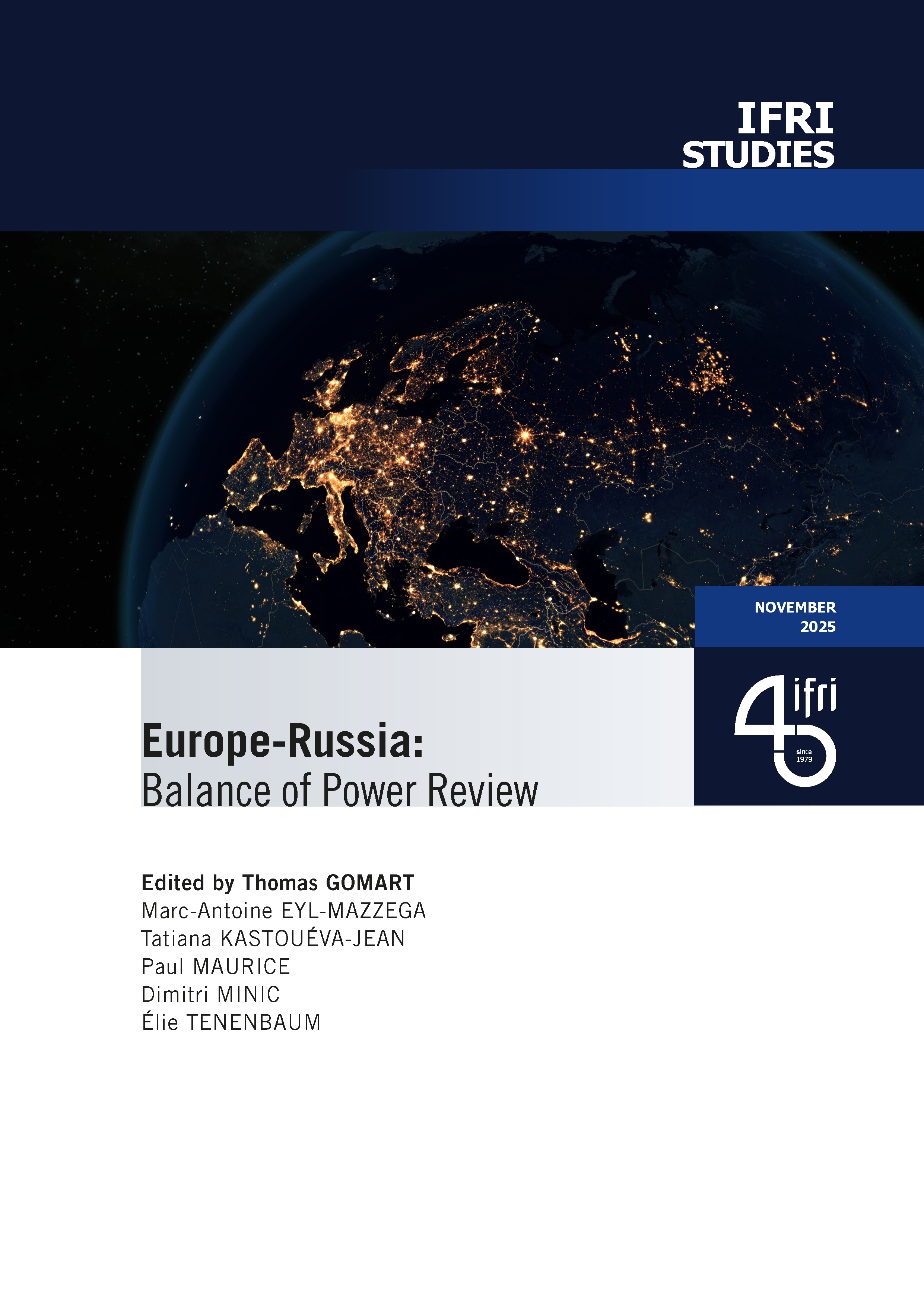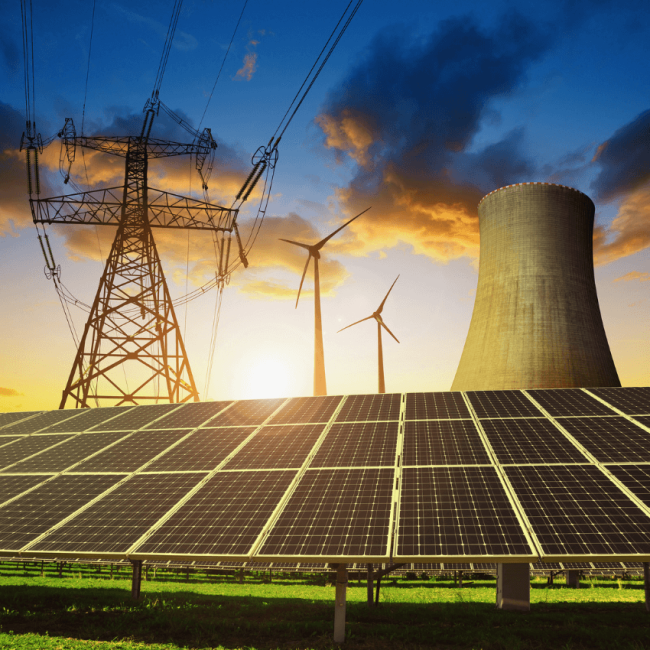Electric Vehicles: A Strong and Still Understated Performance

Electric vehicles (EVs) are better for the climate – even in worst-case scenarios. Across its life cycle, a typical European electric car produces less greenhouse gas (GHG) and air pollutants or noise than its petrol or diesel equivalent. Emissions are usually higher in the production phase, but these are more than offset over time by lower emissions in the use phase. According to the European Environment Agency’s report on electric vehicles, life cycle GHG emissions of EVs are about 17-30% lower than those of petrol and diesel cars.

More specifically, the manufacture of EVs results in higher carbon dioxide (CO2) emissions than in the case of classical internal combustion engine (ICE) cars. This is due mainly to the extraction and refining of the metals–often with high-temperature heat–that enter the composition of batteries: “Building the 80 kilowatt-hour (kWh) lithium-ion battery found in a Tesla Model 3 creates between 2.5 and 16 metric tons of CO2–exactly how much depends greatly on what energy source is used to do the heating”, according to the Massachusetts Institute of Technology, summarizing a range of different studies.
Then, EVs enable CO2 emission savings by not burning petroleum products and using only grid electricity for propulsion. Hence, the actual CO2 savings depend on the carbon content of that electricity. In Norway, where the electricity comes almost 100% from hydropower, EVs have a very low carbon footprint over their life cycle. In countries where the electricity comes almost exclusively from coal plants, the climate advantage of electric cars is indeed small. But one must make rather unrealistic assumptions of a very short distance traveled by a car over its technical life to show greater emissions from an EV compared to its “thermal” counterpart.
While some think tanks do so to defend the oil business, all serious analyses acknowledge at least some better climate performance of EVs over ICE vehicles. According to the Agency for Energy Transition (ADEME), an electric car has a carbon footprint two to three times lower than a similar thermal car, provided it is equipped with a “reasonably sized battery providing up to 450 kilometers range (WLTP)
- The manufacturing of electric vehicles (EVs) entails greater greenhouse gas emissions (GHG) than manufacturing conventional cars. GHG emissions from use, while dependent on the carbon content of the grid electricity, are significantly lower for EVs than for conventional cars. As a result, total GHG emissions are always lower for EVs.
- Many studies underestimate the ongoing decarbonization of electric grids in most countries. Taking it in account would further reduce the estimated GHG footprint of EVs. Moreover, EVs will facilitate the integration of renewable energy sources into the energy systems. Smart charging, based on the lower electricity costs of renewable energy, will allow EV owners to charge their batteries with low carbon electricity.
- Concerns have been raised that increased mining and metal refining efforts would entail growing energy needs and thus undermine EVs’ climate performance. The reality is the opposite: technical improvements have allowed mining lower grade deposits with constant energy expenditures and expanded available reserves and resources.

Available in:
Regions and themes
Share
Download the full analysis
This page contains only a summary of our work. If you would like to have access to all the information from our research on the subject, you can download the full version in PDF format.
Electric Vehicles: A Strong and Still Understated Performance
Related centers and programs
Discover our other research centers and programsFind out more
Discover all our analysesBrazil One Year Away from the October 2026 General Elections
Brazil’s general elections will be held on October 4, 2026, to elect the president, vice-president, members of the National Congress, governors, deputy governors and state legislative assemblies. For the presidential and gubernatorial elections, a second round will be held on October 25 if no candidate obtains a majority of the votes in the first round.
COP30: An Inflection Point for Climate Action and Governance
The 30th Conference of the Parties (COP30), opening in Belém, Brazil, on November 10th 2025, convenes at a perilous moment.
The Strategic Dimension of Skills in the Clean Industrial Deal
In the competitiveness and energy transition battles, the European Union (EU) must master a determinant factor: skills.
The Energy Transition Faces Geopolitical Challenges. How Can Ideological Divides Be Overcome?
President Trump’s positions and policies, combined with record coal consumption and booming global electricity demand, geo-economic confrontation, and widespread concerns about energy security, are changing the game when it comes to understanding realistic decarbonization trajectories. The war in Europe is intensifying competition between defense and transition budgets. This is also the case elsewhere in the world.











